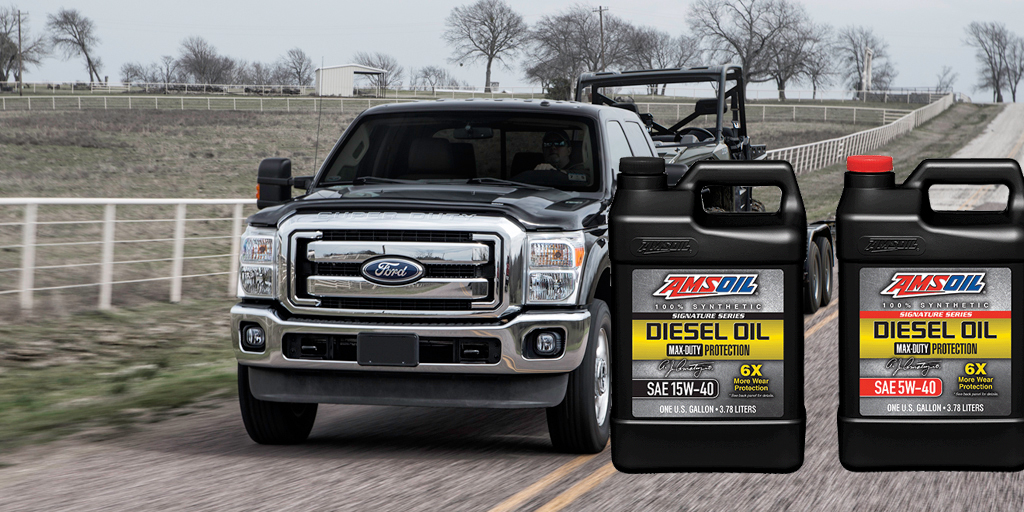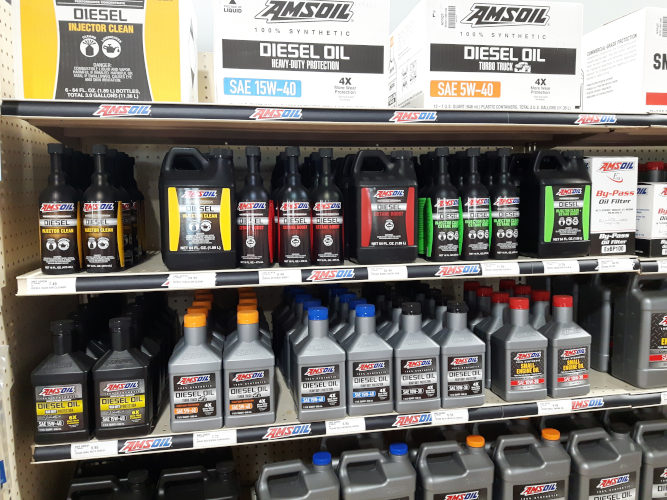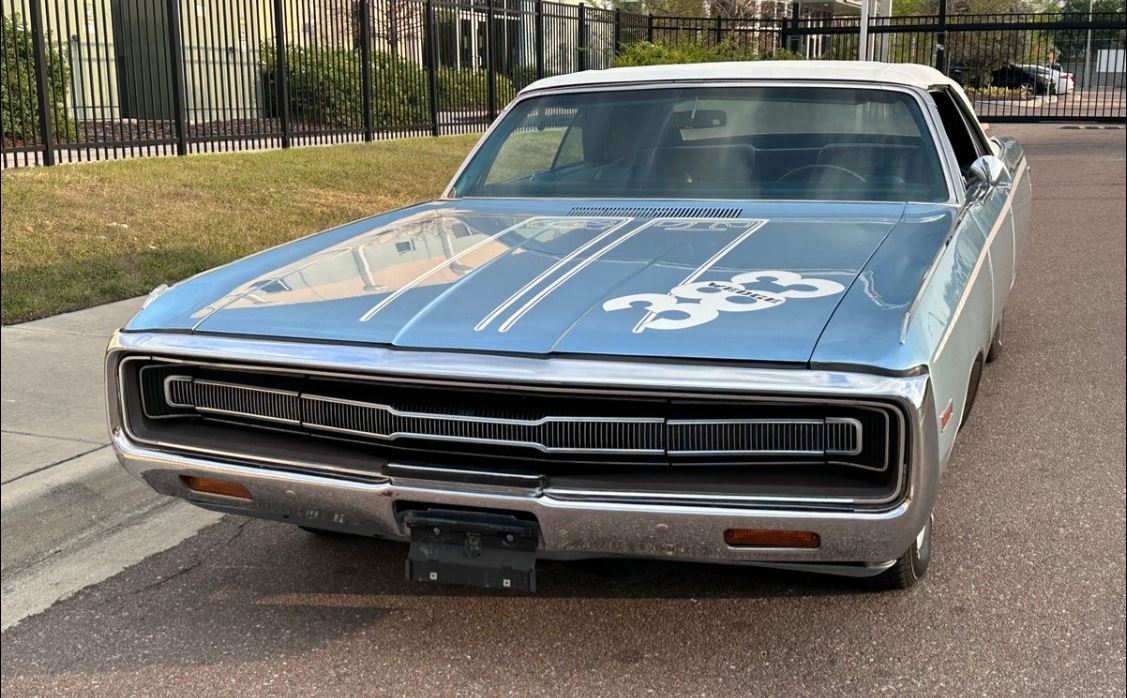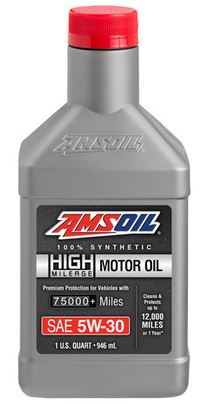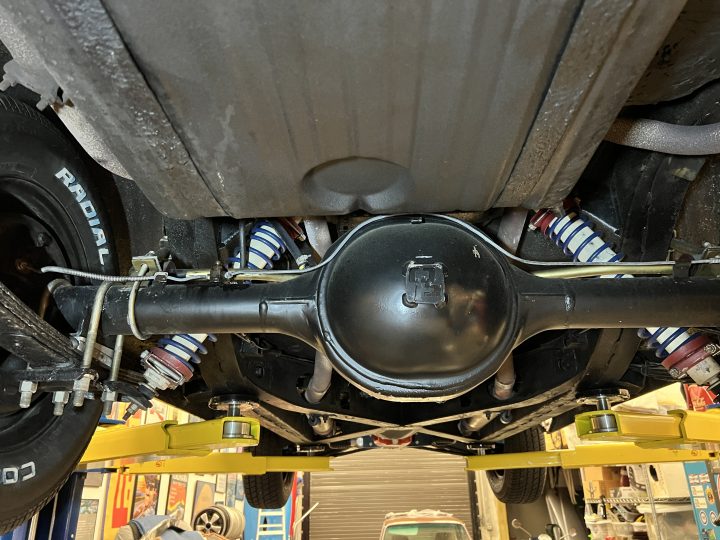Three Powerful Aerosols Popular in our Store AMSOIL Mudslinger, Engine Degreaser and Glass Cleaner deliver performance you can see immediately. Mudslinger AMSOIL Mudslinger (AMS) provides a protective, non-stick layer of armor against the accumulation of mud, dirt and snow on ATVs, UTVs and dirt bikes. It makes removing mud and dirt with low-pressure water easy […]
Why is there this hard to Flush Slime in...
Why is there Sludge or Slime in my Radiator? John Baker|Aug 24, 2018 9:28 AM Cooling-system issues account for nearly 40 percent of engine failures. Clearly, it pays to take care of your vehicle’s cooling system. Sludge/slime are one of the common symptoms of larger problems. Left unchecked, it’ll plug the radiator, heater core or […]
Diesel Recovery Relaunches
Diesel Recovery Relaunches Temporarily unavailable over the summer as we explored new package options, AMSOIL Diesel Recovery relaunches in 30-oz. (887-ml) bottles (DRCQT) in the U.S. in late October. The new containers will be available in Canada (DRCQTC) when supplies of the existing container (DRCCNC) are exhausted. The 1-gallon (3.78-litre) bottles (DRC1G) and 55-gallon (208-litre) […]
Snowshoe GNCC – One of America’s Toughes
Snowshoe GNCC – One of America’s Toughest Races Lindsay Premo|Jun 27, 2019 3:07 PM Mud, blood and beer. From my experience this past weekend in Snowshoe, W.Va., those three words pretty much sum up the AMSOIL Snowshoe GNCC. Mud: Class winners often disappear for lengthy amounts of time back to their trailers to clean up for the […]

